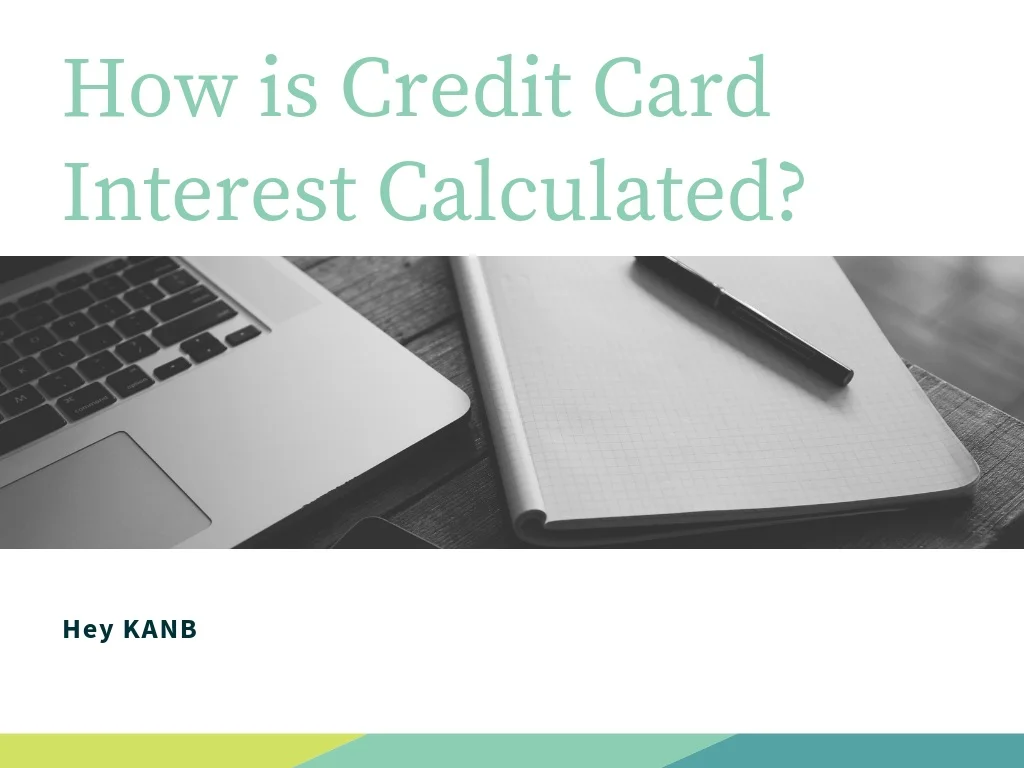What is the FIRE movement?
FIRE, or FI/RE, is the acronym for “Financial Independence, Retire Early”.
It is a program borne out of the book Your Money or Your Life originally published in 1992. The premise was that each purchase should be measured by the hours worked rather than just the dollar amount. For example, if a person makes $15/hour (let’s assume net) and they purchase a car for $15,000, then they spent 1000 hours of their life to pay for it. On a smaller scale, if that same person purchases a $30 steak dinner, that dinner cost them two hours of their life.
The original FI/RE program is defined by frugality, with high savings and investment rates. It aims to allow proponents to retire at a young age, far earlier than traditional retirement plans allow. For many, this movement calls for them to save up to 70% of their annual income by drastically cuttings costs. This can include living with roommates (even after marriage), buying used cars or not owning a car, exclusively shopping at thrift stores or peer-to-peer clothing swaps, and reusing products as much as possible. Another method is to simply earn more money with a second job, or side hustle.
How does FI/RE work?
Basically, once a person has saved 30x their annual expenses, they can retire. For many FI/RE seekers, this rounds out to about $1 million (assuming around $34,000 in annual expenses). The only way retirement is possible is if the new retiree is committed to only withdrawing around 3%-4% a year. Depending on a person’s lifestyle, this can be rather difficult and strict attention to a budget must be kept. Most FI/RE devotees are also devoted to rejecting excessive consumption. If a person has a higher expected annual expense, they should aim for a higher FI/RE number (the amount saved/invested for retirement).
Is FI/RE for me?
The FI/RE movement has evolved over the years, and there are variations for everyone. Not everyone dreams of retiring at 30 or 40, so they focus more on the Financial Independence portion, rather than the Retire Early portion. Some just want to work less when they reach 40, not retire all together. Hence, the varying degrees of FI/RE.
Traditional FIRE is calculated by multiplying your annual expenses by 25 or 30 (depends on how conservative you want to be with your retirement planning). (eg. $60,000 x 25 = $1.5M)
Coast FIRE is the amount of money you need to have invested so that, if you never invested another dollar, you could retire at your retirement age (assumed to be 65) with enough money to cover your annual expenses throughout your retirement. To calculate you will take your FI # (as calculated by whichever lifestyle plan you decide) and divide it by the rate of return to the power of the number of years to retirement. FI # / (1+expected rate of growth)^number of years until retirement (eg. $1.5M/(1.07)^30=$197,050)
Lean FIRE is the amount of money needed to cover basic, bare necessity expenses. To calculate the amount of money you need invested, you multiply your frugal expenses by 25. This will give you enough money during your retirement to cover the basic expenses. (eg. $20,000 x 25 = $500,000)
Fat FIRE is the amount of money you need invested to cover your traditional lifestyle without giving up your current standard of living. This allows a person to live a more luxurious lifestyle, it is a common goal for those who want to spend their retirement traveling. This number is calculated by multiplying your padded annual expenses by 25. (eg. $100,000 x 25 = $2,500,000).
Barista FIRE is a popular goal for those who wouldn’t mind working part time during their retirement. This number is somewhere between Lean FIRE and Fat FIRE, it assumes you want to live comfortably but that you will work part time. This is calculated by subtracting the expected salary of the part time job from the annual expenses, multiplied by 25. (eg. ($60,000 - $30,000) x 25 = $750,000)
The principles of the FIRE movement encourage frugal living and high rates of investing, rejecting consumerism and making the most of their income. While some have taken the program to the extreme, with plans to retire in their 30s, many have taken some of the principles and personalized it for their life. Anyone can use these equations to set up a plan for their own retirement, without sacrificing the luxuries they enjoy in everyday life.
What variation of FIRE appeals to you most?



